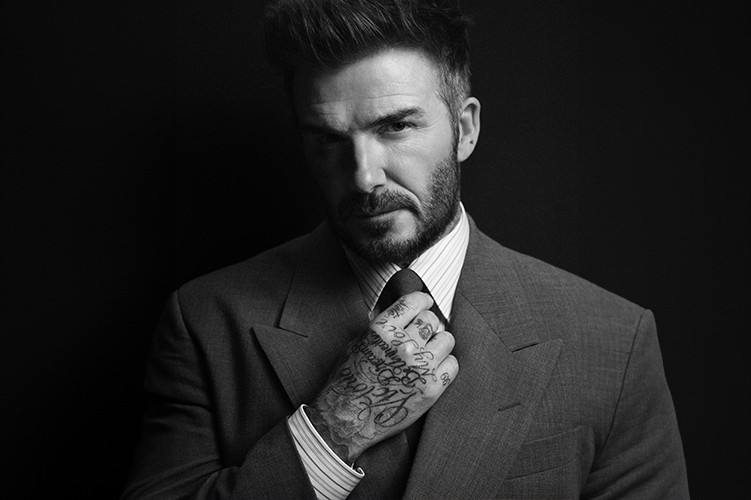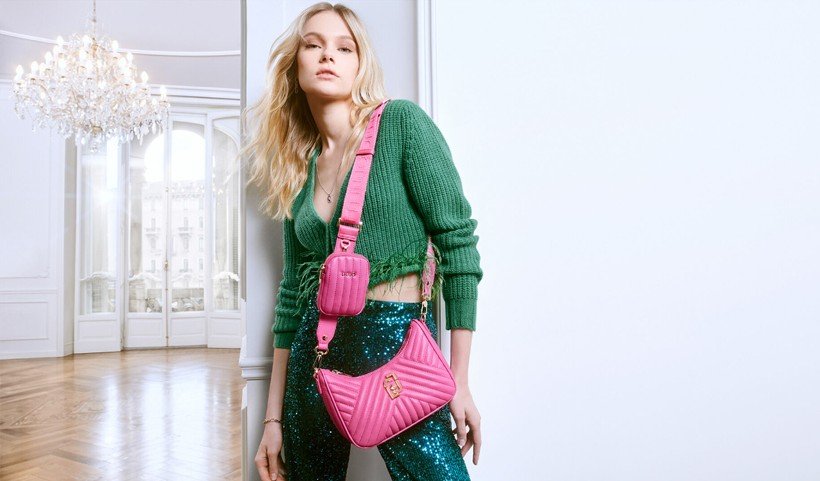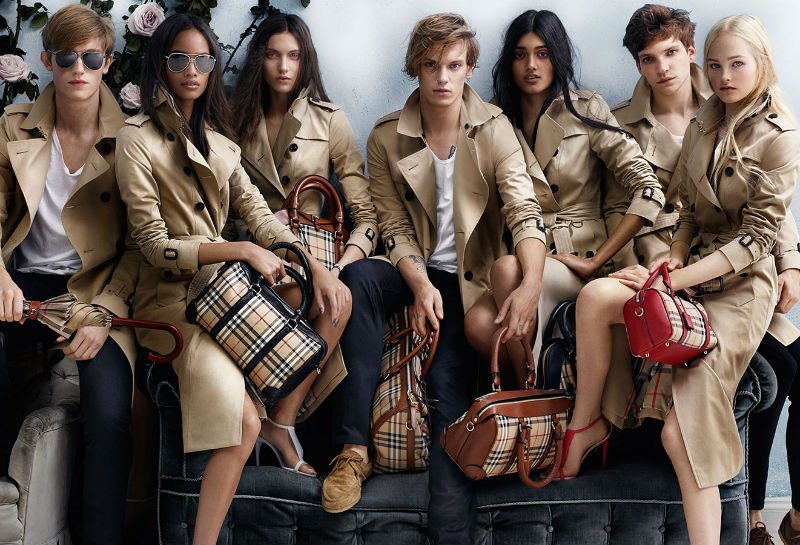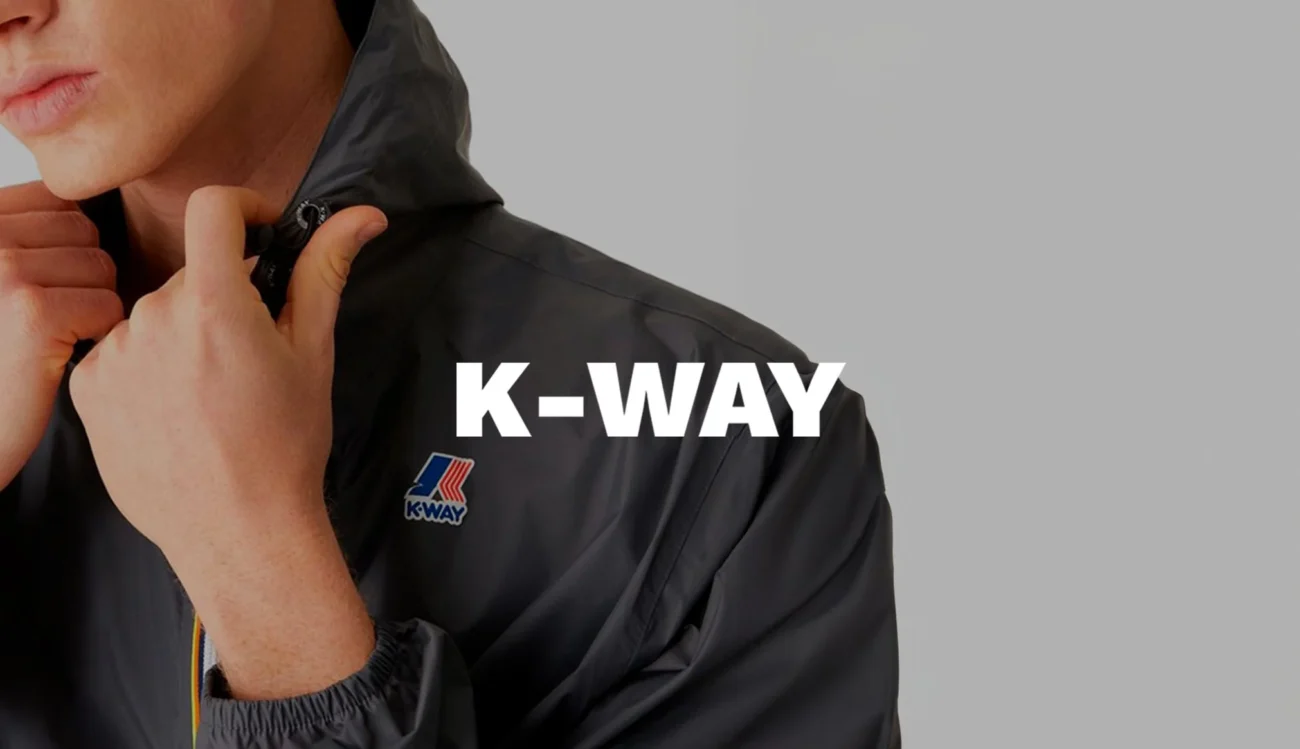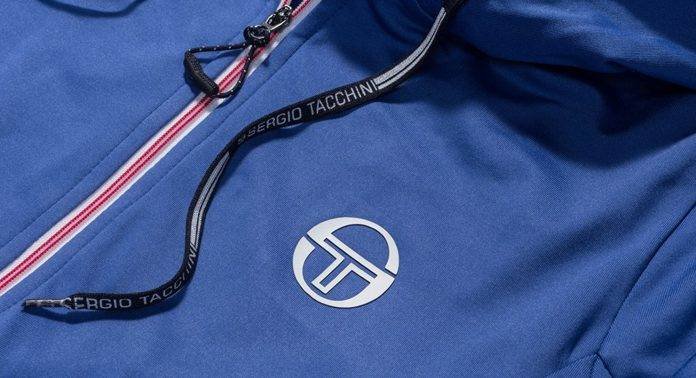How Hugo Boss regained its honest name

Hugo Boss is a German fashion house that is familiar to everyone, even if you are not a fan of fashion. It was founded in 1924 by Hugo Ferdinand Boss and initially produced general-purpose clothing and uniforms (which, just like that, puts an ambiguity stamp on the brand's history). But first things first.
Content
Creation
It is easy to guess that founded in 1924 in Germany, the Hugo Boss brand faced serious political changes both in the country and in the world just after a couple of years of its existence. Initially, the factory sewed general-purpose clothing: jackets, shirts, work uniforms – in general, everything that an ordinary German citizen used every day.
However, in the early 1930s, an extremely difficult situation forced Hugo Boss and two of his partners to bankrupt the company. It would seem that they do not return from bankruptcy, but the Boss decided to try to negotiate with creditors anyway. The attempt was crowned with success – in 1931, an agreement was reached and the creditors even left him six sewing machines for a new attempt to develop his business. In the same years, realizing "where the wind blows", Hugo Boss becomes a member of the Nazi party, a member of the SS. Moreover, he joined the German Labor Front in 1936, as well as the Reich Air Protection Association in 1939, and the Socialist People's Welfare organization in 1941, to make sure that he was firmly established in his position. The boss was right: all this policy went hand in hand with increasing sales – by 1941, his sales had increased almost 100 times.
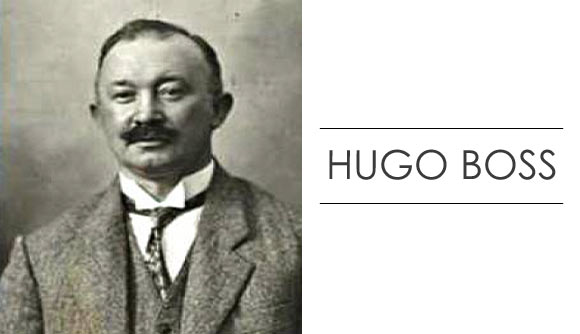
The factory quickly turned from a simple worker to a national Socialist one, the Boss sewed SS uniforms to order, and there were even rumors that he was Hitler's personal tailor. The boss and the founders of his company were ardent SS activists, which, of course, they denied in 1946. After the defeat of Nazi Germany in 1945, Hugo Boss changed his position again and began to assure the public that he had joined all SS organizations only to save his company from bankruptcy.
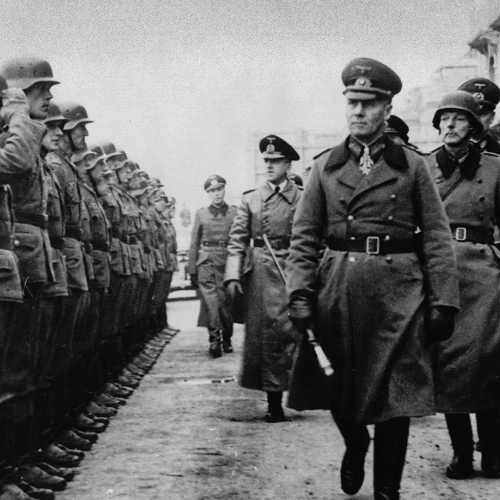
However, this did not help him. In 1946, he was stripped of his voting rights, the right to conduct business, and fined $ 70,553. The boss appealed and was soon recognized as a "follower" rather than an active propagandist, which cleared him of some of the charges and somewhat whitewashed him in front of the public. Ironically, Hugo Boss did not last long in the status of "relatively honest person" – in 1948, he dies, and his business begins a new life, far from being connected with past mistakes.
New life
The next owner of Hugo Boss is Eugen Hawley – the Boss's son-in-law. In 1950, the rebranded factory received its first order-tailoring of men's suits. This order was followed by the next one, then another, and by the end of the year, the staff expanded to 150 people. In 1969, Hawley retired and was replaced by his sons, Jochen and Uwe. Young blood was hungry for business, so the new management decided to focus not on the domestic market, but on entering the international arena.
In 1970, Hugo Boss released a line of its first branded Boss suits, and in 1977 it was officially registered and became a trademark. Thanks to these very competent steps, the company managed to sign a contract with well-known Formula 1 racing athletes. The first ambassador of the brand was Niki Lauda, and then Hugo Boss became the official sponsor of the whole team – McLaren Racing. This made it possible to make Alain Prost another ambassador from the world of auto racing.
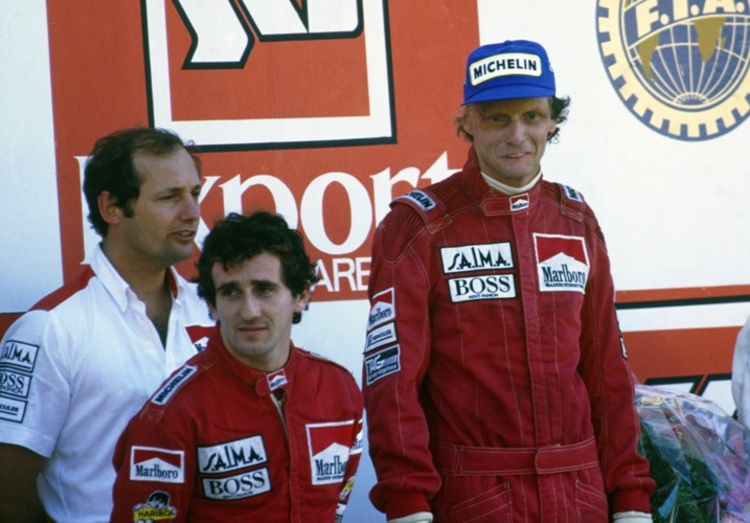
The range has also undergone some changes. The predominance of sportswear has been replaced by the predominance of stylish business suits. In addition, in the mid-70s, Jochen and Uwe meet the Italian Werner Baldessarini, who supplies expensive costumes to Germany. This acquaintance helped Hugo Boss to advance significantly, since in 1975 Baldessarini was invited to the position of chief designer of the brand. It is to him that the brand owes its corporate "style" and access to the international market.
The new wave of fashion that swept the world in the 80s forced Hugo Boss to change its view of fashion. The range includes the first branded fragrance of the brand – Boss, as well as numerous accessories (including branded sunglasses). In addition, the brand actively cooperates with sports, film and show business stars. The brand also uses the world of cinema to promote its products. Among such collaborations are clothes for Sylvester Stallone in the movie "Rocky 4", some images of Michael Jackson, images of actresses in the film "Charlie's Angels"and" Miami Police". The brand also provides outfits for stars invited to the Academy Awards ceremony.
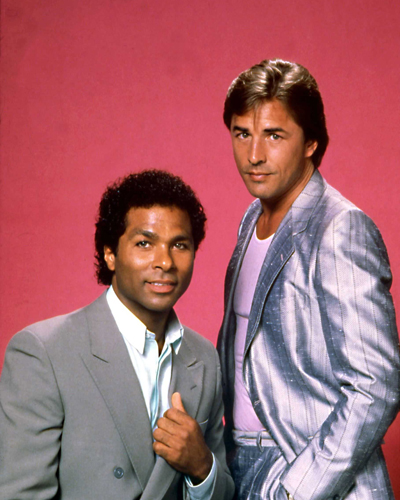
In 1989, Hugo Boss bought out the Japanese conglomerate Leyton House. Then, three years later, the company passes into the hands of the Italian holding company Marzotto. This deal entails the creation of two new lines in the brand's range: Hugo (for a young audience) and Baldessarini (for more high-status and affluent buyers). In 2005, the brand was sold again, this time to the Permira investment group.
Most famous collections
Today, when the Hugo Boss brand has already had more than one launch and more than one collaboration, it is worth noting that over the years the brand has managed to maintain its corporate and recognizable style.
Perhaps the most famous collection that marked the beginning of the history of the modern Hugo Boss is the Boss men's suit collection. It is men's Boss suits that are associated with the brutal elegance and at the same time active position that is characteristic of the brand itself. The author of the collection was the famous designer of the brand Werner Baldessarini, thanks to whom the brand has become the way we know it. The cut of the suits makes the shoulders visually wider and the waist narrower. Classic and stylish in one image.
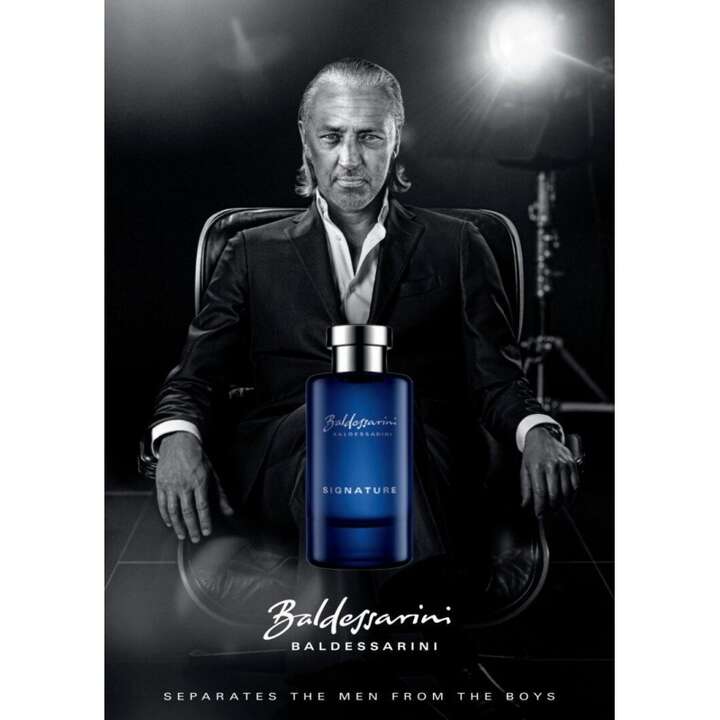
If we are talking about the classic Boss men's line, then it is worth mentioning another iconic collection of the brand, namely the first women's collection of the brand, released in 1998. The BOSS Orange and BOSS Green lines represent a new stage in the brand's history. The success was so loud that in 2000 the brand released a women's clothing collection under the main BOSS brand, putting the classic BOSS men's collection and the updated BOSS women's collection in one line. And in 2013, the entire line of women's clothing passed into the hands of an American designer with Taiwanese roots, Jason Wu, who significantly succeeded in following the trends and promoting the brand's women's collections.

It is worth noting that Hugo Boss is not famous for clothing and accessories alone. The brand's fragrances are considered imperishable classics, and new products produced by the brand immediately attract the attention of all perfume fans. What only is the line of 2015 called "The Scent", which was created by the most famous perfumers of the industry. The line was a huge success at the exit and continues to be replenished with bestsellers today.
Brand today
These days, Hugo Boss is a brand known to anyone. The brand continues to produce clothing and accessories both in its classic lines and in new ones. Oddly enough, the brand's perfumes are particularly successful. In addition, the brand actively participates in various collaborations and attracts film, fashion, and show business stars to its work. Among the official ambassadors of the brand are::
- Naomi Campbell;
- Maluma;
- Lee Min Ho;
- Matteo Berrettini;
- Xabi Leim;
- Gigi Hadid;
- Chris Hemsworth;
- David Beckham;
- Brad Pitt and many others.
